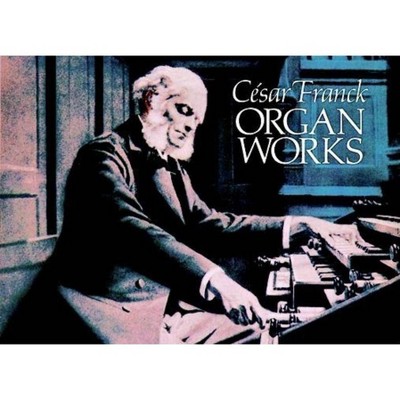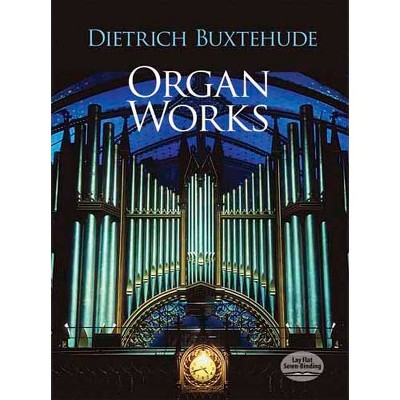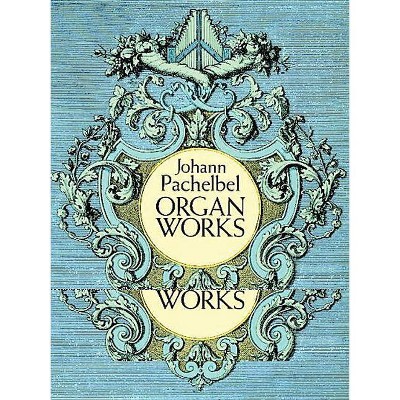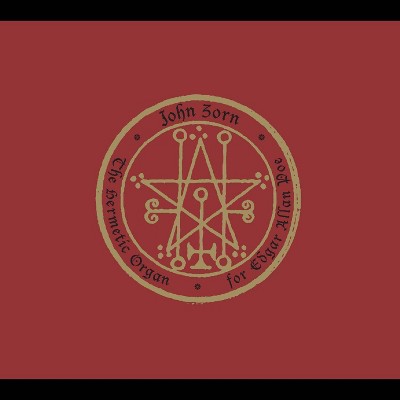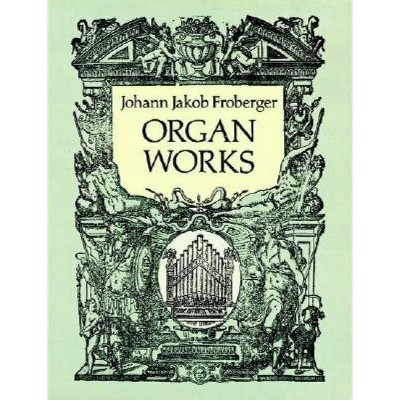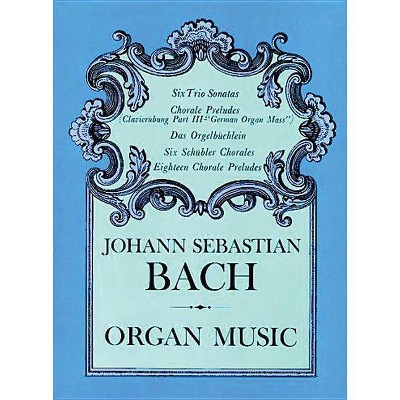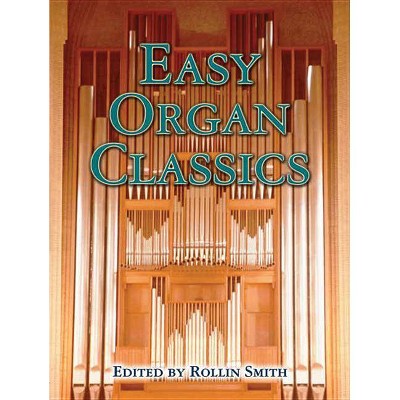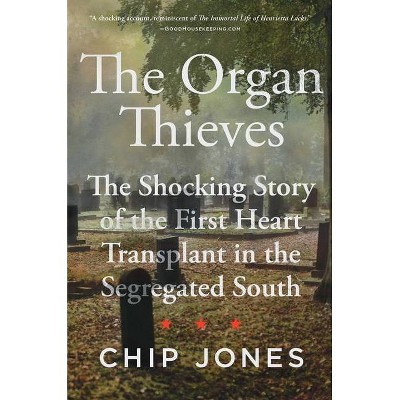Stirling Cycle Engines - by Allan J Organ & Organ (Hardcover)
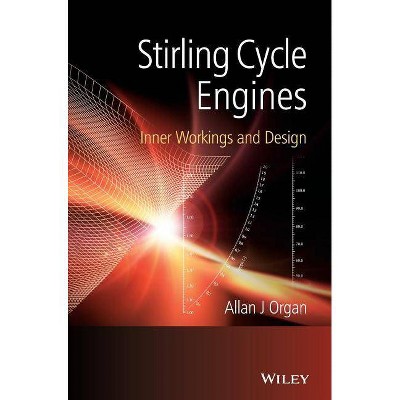
Similar Products
Products of same category from the store
AllProduct info
<p/><br></br><p><b> Book Synopsis </b></p></br></br><p>Some 200 years after the original invention, internal design of a Stirling engine has come to be considered a specialist task, calling for extensive experience and for access to sophisticated computer modelling. The low parts-count of the type is negated by the complexity of the gas processes by which heat is converted to work. Design is perceived as problematic largely because those interactions are neither intuitively evident, nor capable of being made visible by laboratory experiment. There can be little doubt that the situation stands in the way of wider application of this elegant concept.</p> <p><i>Stirling Cycle Engines</i> re-visits the design challenge, doing so in three stages. Firstly, unrealistic expectations are dispelled: chasing the Carnot efficiency is a guarantee of disappointment, since the Stirling engine has no such pretentions. Secondly, no matter how complex the gas processes, they embody a degree of intrinsic similarity from engine to engine. Suitably exploited, this means that a single computation serves for an infinite number of design conditions. Thirdly, guidelines resulting from the new approach are condensed to high-resolution design charts - nomograms. </p> <p>Appropriately designed, the Stirling engine promises high thermal efficiency, quiet operation and the ability to operate from a wide range of heat sources. <i>Stirling Cycle Engines</i> offers tools for expediting feasibility studies and for easing the task of designing for a novel application. </p> <p>Key features: </p> <ul> <li>Expectations are re-set to realistic goals.</li> <li>The formulation throughout highlights what the thermodynamic processes of different engines have in common rather than what distinguishes them.</li> <li>Design by scaling is extended, corroborated, reduced to the use of charts and fully Illustrated.</li> <li>Results of extensive computer modelling are condensed down to high-resolution Nomograms.</li> <li>Worked examples feature throughout.<br /> </li> </ul> <p>Prime movers (and coolers) operating on the Stirling cycle are of increasing interest to industry, the military (stealth submarines) and space agencies. <i>Stirling Cycle Engines</i> fills a gap in the technical literature and is a comprehensive manual for researchers and practitioners. In particular, it will support effort world-wide to exploit potential for such applications as small-scale CHP (combined heat and power), solar energy conversion and utilization of low-grade heat.</p><p/><br></br><p><b> From the Back Cover </b></p></br></br><p>Some 200 years after the original invention, the internal design of a Stirling engine has come to be considered a specialist task, calling for extensive experience and for access to sophisticated computer modelling. The low parts-count of the type is negated by the complexity of the gas processes by which heat is converted to work. The design is perceived as problematic largely because those interactions are neither intuitively evident, nor capable of being made visible by laboratory experiment. There can be little doubt that the situation stands in the way of wider application of this elegant concept.</p> <p><i>Stirling Cycle Engines</i> re-visits the design challenge, doing so in three stages. Firstly, unrealistic expectations are dispelled: chasing the Carnot efficiency is a guarantee of disappointment, since the Stirling engine has no such pretentions. Secondly, no matter how complex the gas processes, they embody a degree of <i>intrinsic similarity</i> from engine to engine. Suitably exploited, this means that a single computation serves for an infinite number of design conditions. Thirdly, guidelines resulting from the new approach are condensed to high-resolution design charts - <i>nomograms</i>.</p> <p>Appropriately designed, the Stirling engine promises high thermal efficiency, quiet operation and the ability to operate from a wide range of heat sources. <i>Stirling Cycle Engines</i> offers tools for expediting feasibility studies and for easing the task of designing for a novel application.</p> <p>Key features: </p> <ul> <li>Expectations are re-set to realistic goals.</li> <li>The formulation throughout highlights what the thermodynamic processes of different engines have in common rather than what distinguishes them.</li> <li>Design by <i>scaling</i> is extended, corroborated, reduced to the use of charts and fully Illustrated.</li> <li>Results of extensive computer modelling are condensed down to high-resolution Nomograms.</li> <li>Worked examples feature throughout.</li> </ul> <p>Prime movers (and coolers) operating on the Stirling cycle are of increasing interest to industry, the military (stealth submarines) and space agencies. <i>Stirling Cycle Engines</i> fills a gap in the technical literature and is a comprehensive manual for researchers and practitioners. In particular, it will support effort world-wide to exploit the potential for such applications as small-scale CHP (combined heat and power), solar energy conversion and the utilization of low-grade heat.</p><p/><br></br><p><b> About the Author </b></p></br></br><p><strong>Allan J. Organ, formerly of University of Cambridge, UK - now retired.</strong><br />Before his retirement Allan J. Organ was a lecturer at the University of Cambridge, specializing in thermodynamics and gas dynamics of the Stirling cycle machine and regenerator.He has studied stirling cycle machines throughout his career and is a leading authority in the field. As well as his teaching work, he has acted as a consultant in this area for numerous companies including Hymatic Ltd, Premier Precision Ltd, Lucas Aerospace Ltd, British Aerospace PLC, as well as for the Ministry of Defense.
Price History
Price Archive shows prices from various stores, lets you see history and find the cheapest. There is no actual sale on the website. For all support, inquiry and suggestion messagescommunication@pricearchive.us
